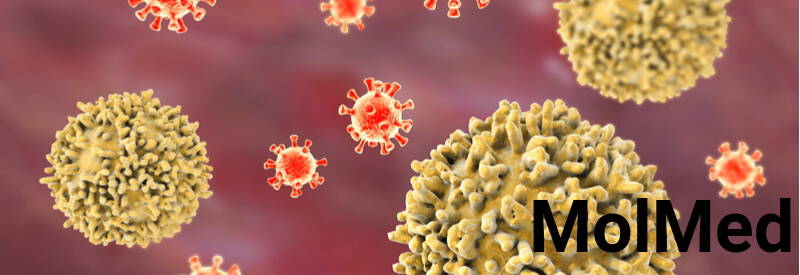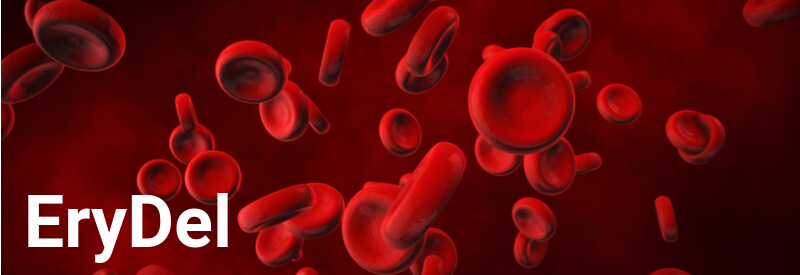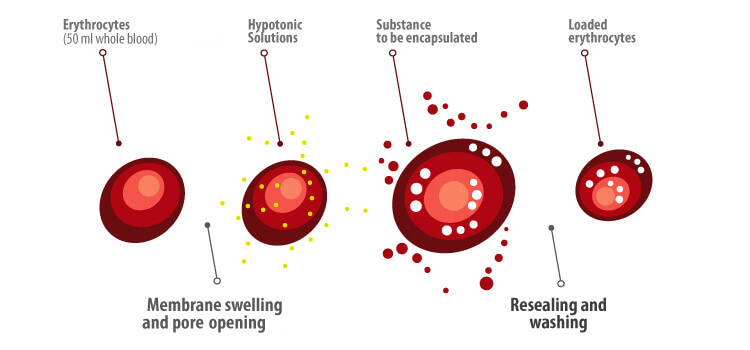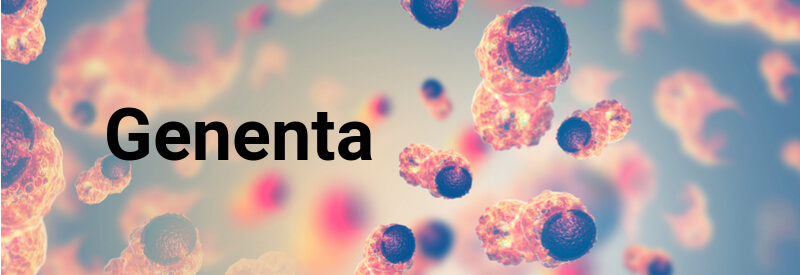Newsletter Signup - Under Article / In Page
"*" indicates required fields
Italy may not be the first country that comes to mind when you think of biotech, but the sun is rising in a new dawn for Italian biotechs that are taking their respective fields by storm.
Italy is home to a lot of things; food, fashion, Ferraris… but it is now quickly growing a biotech scene to rival other countries across Europe. The country is home to world-class research institutions that have been churning out research for years, for example, the University of Perugia and the San Raffaele Institute, Milan, which recently collaborated with GSK on a trial assessing a gene therapy treatment for ADA-SCID in children.
But, a lot of research has not had the big impact researchers would have hoped for. This might be due to the unsuitability of research produced in Italy for the industry, or perhaps a lack of communication between groups, or Italy’s tech transfer infrastructure not providing adequate support. Thankfully, things are starting to change, and a number of successful biotechs are beginning to appear. Milan is one city, in particular, that is home to some of the country’s most exciting companies.
Two big Italian biopharmas based in Milan started out from humble beginnings. Dompé as a shop in the city centre in 1853, and Zambon as a family business in 1906. They have both been working on exciting biotechnology in areas such as ophthalmology, cancer, pain and cystic fibrosis, setting a good example for the generation of Milan-based biotechs following in their footsteps.
Let’s take a look at some of the best biotechs in Milan!

MolMed has been around since 1996 so it’s somewhat of a veteran of the Milan biotech scene. It now has 187 employees working on the development of new gene and cell therapy products. The company’s lead candidate, Zalmoxis, uses donor-derived T lymphocytes to support patients who have undergone haploidentical hematopoietic stem cell transplantation. The treatment aids immune reconstitution, enhances transplant success from partially compatible donors and supports long-lasting anti-cancer effects.
But, T cells can cause Graft-versus-Host Disease (GvHD). Zalmoxis expresses HSV-TK Mut2, an inducible suicide gene that makes it susceptible to the antiviral drugs, ganciclovir and valganciclovir. If a patient develops GvHD, these drugs can be taken to kill the T cells, preventing further development of the disease.
An ongoing Phase III study is investigating Zalmoxis, and thanks to positive early results and the huge unmet need for safer transplants, it has already got the nod from the EMA for market approval. With the struggles we have to find matches, especially for those with rare blood types, this technology could overcome a major clinical issue. MolMed has additional products in its pipeline, for example, CAR-CD44v6, an immuno-gene therapy that could be effective for many haematological malignancies and solid tumors.

Sometimes we should remember just how intricate and brilliant the cells of our own body are. EryDel has followed Erytech’s lead, by using a particular characteristic of red blood cells to deliver therapeutics to where they’re needed. Red blood cells are taken from the patient and are exposed to hypotonic conditions to open pores. A therapeutic agent, whether it be a small molecule, peptide, or nucleic acid can then diffuse into and become encapsulated inside the cells. The cells containing the therapeutic agent are now ready for use.

The biotech is currently looking at the use of its technology against ataxia telangiectasia (A-T), a rare genetic disease caused by the mutation of the ATM gene. Its major clinical feature is severe neurodegeneration from infancy. EryDel has been testing the efficacy of red blood cells slowly releasing dexamethasone sodium phosphate on relieving disease symptoms. A Phase II clinical trial has been completed, which met both primary and secondary outcomes, and a Phase III study is now testing efficacy, safety and tolerability.

Genenta is the fastest growing biotech in Italy. Edoardo Negroni, Managing Partner of AurorA-TT and expert on all things Italian biotech, went as far as to tell me: “The aim should be to produce a few more ‘Genentas’.”
The biotech takes on the immunosuppressive environment that a tumor creates around itself to escape the immune system. It does this by genetically modifying tumor-infiltrating monocytes and macrophages to express interferon-ɑ, which recruits the immune system to clear out the tumor. The use of interferon-ɑ is usually highly toxic, but Genenta has overcome this, sparking excitement around their technology, which helped them to raise €7M in Series B, on top of €10M in Series A.
A visual explanation of Genenta’s technology.
Although still in the process of refining its product ready for clinical trials, the company is happy with where it is at the moment. Pierluigi Paracchi, Genenta Chairman, explained: “People matter more than anything else in this business… We focused on great people to develop Luigi Naldini’s science and our corporate culture.” Next up: building on positive pre-clinical results with human clinical trials.

Another 90s baby of Milan’s biotech mini-hub, Newron has been focusing on novel therapies for diseases of the central nervous system for almost 20 years. During this time, its market cap has grown to CHF 251.2M (€220M).
Having struggled to meet FDA regulations, the company finally managed to get its Parkinson’s drug approved earlier this year. In doing this, it became one of the first biotechs in the EU with an approved CNS drug. Xadago tackles Parkinson’s with a novel mechanism, both enhancing dopaminergic function by inhibiting MAO-B and dopamine uptake and preventing the excessive glutamate release. The company has huge belief in the drug, as Stefan Weber, CEO of Newron, explained to Philip: “If you take this drug, after two years you will still be doing better than the day when you first got it. That is a huge promise.”
Newron appears to be on a roll, as their FDA approval has been quickly followed by news that the company has raised €24M to continue developing its treatments for neurological diseases. With this, Newron hopes to bring evenamide, its add-on therapy for schizophrenia, to the market, which it could have a big impact on schizophrenia treatment thanks to its alternative mechanism of action.
So there you have it, our top 4 biotechs from the beautiful city of Milan. They are all harbouring exciting technology that could be game-changing in their respective fields but we will see if they meet their potential.
But, the wait might not be as long as you might think. Italian biotech is progressing fast and a lot could have changed in the next 6 months to 1 year. Edoardo Negroni told me: “In 3 or 4 years from now, Milan could be comparable to the Catalonia region,” making reference to Barcelona, one of the hottest biotech hubs in Europe.
One thing that could make a big difference is preventing promising biotechs from leaving Italy. This has already happened in the case of NiCox, which departed for France. With improvements being made to make Italy a less hostile environment for early-stage initiatives and start-ups, great Italian biotechs could be tempted to stay – and not just for the sun!
Media – ventdusud, Kateryna Kon, FlashMovie, crystal light, ktsdesign, Chaiwut Siriphithakwong, GiroScience / shutterstock.com; EryDel; Genenta;






